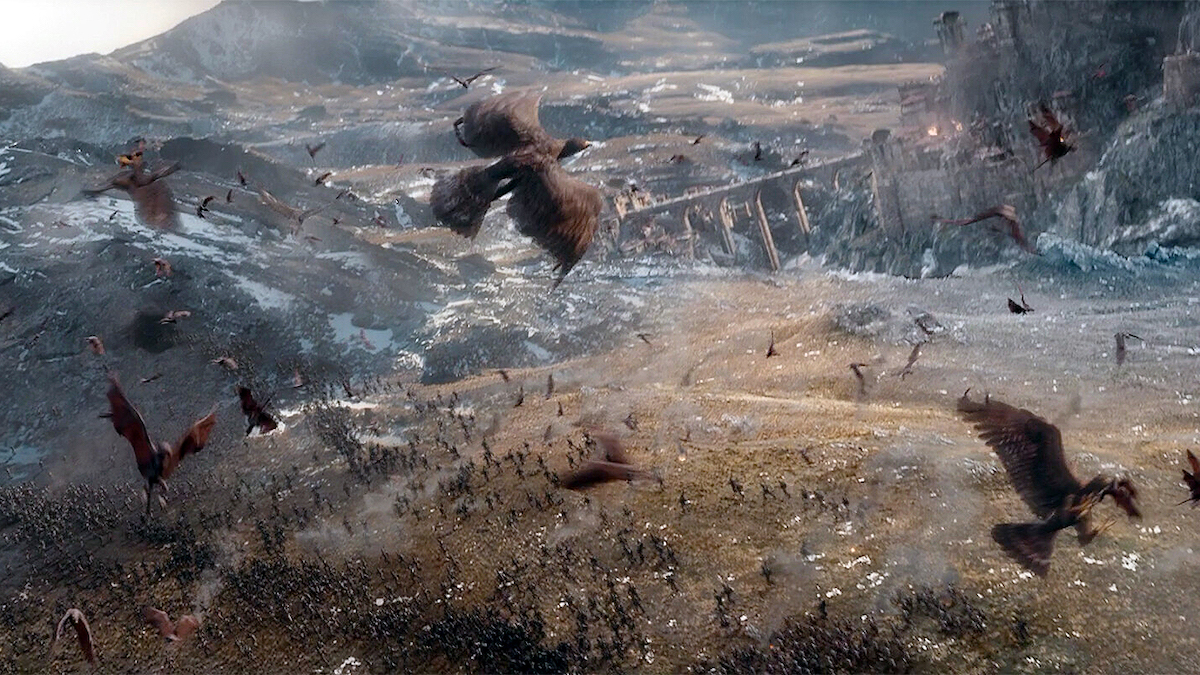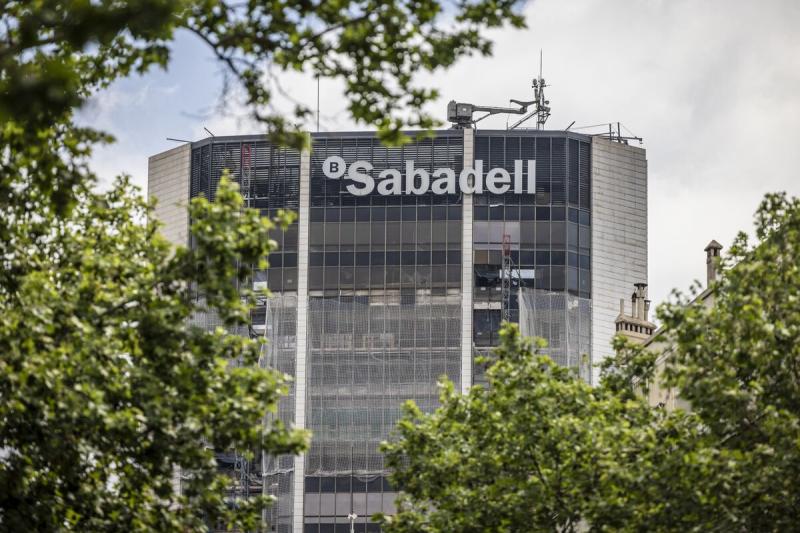The Da Vinci Code: Themes, Characters, And Literary Techniques

Table of Contents
Exploring the Central Themes of The Da Vinci Code
The Da Vinci Code is more than just a page-turner; it's a complex exploration of several interwoven themes that continue to spark debate and discussion.
Religion and Faith
The novel directly challenges traditional religious dogma, pitting it against personal spirituality and questioning the established narratives of Christianity. The conflict between religious institutions and individual beliefs is a central tension, particularly highlighted through the portrayal of the Catholic Church's alleged suppression of inconvenient historical truths.
- The Holy Grail: The novel reimagines the Holy Grail not as a physical chalice but as Mary Magdalene, Jesus's wife, and their bloodline, a secret fiercely guarded by the Priory of Sion.
- Mary Magdalene's Role: The book challenges the traditional portrayal of Mary Magdalene as a repentant sinner, presenting her as a powerful figure central to early Christianity.
- Suppression of Female Figures: The Da Vinci Code explicitly explores the historical suppression of women's roles in the church, suggesting a deliberate effort to erase significant female figures from religious narratives. This is exemplified by the alleged suppression of Mary Magdalene's importance.
As Brown himself states, "The book is not an attack on Christianity. It's an attack on organized religion, which is very different." This statement highlights the novel's focus on institutional power structures rather than faith itself.
Conspiracy and Secrets
The overarching conspiracy driving the narrative centers on the Priory of Sion, a secretive organization supposedly protecting the truth about Jesus's bloodline. The novel meticulously layers clues and red herrings, creating a sense of intrigue and suspense that keeps readers guessing until the very end.
- The Bloodline of Jesus: The central conspiracy revolves around the alleged descendants of Jesus and Mary Magdalene, a secret kept hidden for centuries by the Priory of Sion.
- Suppression of Historical Truth: The novel posits that powerful institutions have actively suppressed historical facts that challenge the established religious narrative.
- Symbolism and Coded Messages: Brown masterfully employs symbolism and coded messages throughout the narrative, mirroring the hidden knowledge at the heart of the conspiracy. Leonardo Da Vinci's works are replete with such symbols.
The use of hidden symbols and coded messages, a key element of the book's appeal, is a technique mirrored in real-world historical puzzles and conspiracies, further enhancing the narrative's immersive quality.
History and Mythology
The Da Vinci Code seamlessly blends historical facts with fictional elements, creating a compelling narrative that blurs the lines between truth and fiction. The novel cleverly utilizes real historical figures and events to ground its fantastical elements in a semblance of reality.
- Leonardo da Vinci: The famous Renaissance artist serves as a key figure, his artworks acting as clues in the unfolding mystery.
- The Knights Templar: This historical order features prominently, further adding a layer of historical intrigue and conspiracy to the story.
- Fact and Fiction: The novel’s deliberate mixing of historical fact and fictional invention is a core component of its appeal, stimulating discussion about the reliability of historical narratives and the construction of historical truth.
This masterful blend of fact and fiction is a crucial part of The Da Vinci Code's success, engaging readers' interest in both history and the imaginative possibilities of what might have been.
Memorable Characters in The Da Vinci Code
The success of The Da Vinci Code also hinges on its memorable and well-developed characters who drive the narrative and propel the plot.
Robert Langdon
Robert Langdon, a Harvard symbologist, acts as the reluctant hero, his expertise in religious iconography and symbols proving crucial in deciphering the clues left behind by the Priory of Sion.
- Symbologist and Academic: Langdon's professional background provides him with the skills needed to solve the intricate puzzles within the novel.
- Reluctant Hero: He finds himself thrust into a dangerous situation, forced to rely on his intelligence and resourcefulness to survive.
- Character Development: Langdon's journey throughout the novel showcases his intellectual prowess and emotional growth.
Sophie Neveu
Sophie Neveu, a brilliant cryptologist, is central to the narrative. Her family history is intricately tied to the conspiracy, adding a personal stake to her involvement.
- Intelligence and Skill: Sophie's cryptographic skills are essential to deciphering the codes and symbols within the narrative.
- Family History: Her lineage is directly connected to the Priory of Sion, making her a key player in the unraveling of the mystery.
- Challenging Patriarchy: Sophie represents a strong female character who challenges traditional patriarchal structures within both the religious and secular worlds.
Silas
Silas, a physically imposing albino monk, serves as the novel's antagonist. His devout faith is twisted into a dangerous fanaticism that drives him to carry out brutal acts in the name of his beliefs.
- Religious Fanaticism: Silas's fervent belief fuels his actions and creates a compelling and terrifying antagonist.
- Motivation and Actions: His relentless pursuit of the protagonists fuels the suspense and action of the novel.
- Conflict and Suspense: Silas's role enhances the conflict and suspense throughout The Da Vinci Code, keeping the reader on the edge of their seat.
Literary Techniques Employed in The Da Vinci Code
Dan Brown employs a range of literary techniques to craft a compelling and engaging narrative, masterfully weaving suspense, symbolism, and historical fiction into a cohesive whole.
Suspense and Mystery
The novel masterfully builds suspense through a carefully constructed plot that gradually unravels, leaving readers eagerly anticipating each new revelation.
- Plot Twists and Turns: The constant unexpected turns and revelations are crucial to maintaining the reader's engagement.
- Pacing and Structure: The fast-paced narrative and chapter structure create an immersive and exciting reading experience.
- Cliffhangers: Each chapter often ends with a cliffhanger, leaving the reader wanting more and hooked on the story.
Symbolism and Allegory
Symbolism permeates every aspect of The Da Vinci Code, adding layers of meaning and encouraging readers to interpret the narrative on multiple levels.
- The Holy Grail: The most prominent symbol, reinterpreted as Mary Magdalene.
- The Rose: Another potent symbol with multiple interpretations, representing secrecy, beauty and the feminine divine.
- The Vitruvian Man: This iconic Da Vinci drawing is significant in its representation of ideal human proportions and connections between humanity and the divine.
Historical Fiction Techniques
Brown's skill lies in seamlessly blending historical research with fictional narrative, creating a world that feels both historically grounded and imaginatively rich.
- Historical Locations: The novel accurately depicts real locations, lending authenticity to the fictional elements of the story.
- Historical Figures: Real historical figures are incorporated into the narrative, creating a sense of plausibility.
- Blurring of Fact and Fiction: The novel’s success is largely due to the author's blurring of fact and fiction, making the fantastical elements believable within the context of the story.
Deciphering the Enduring Appeal of The Da Vinci Code
The Da Vinci Code continues to resonate with readers due to its potent combination of historical intrigue, religious controversy, and a masterfully crafted mystery. Its exploration of faith, conspiracy, and the complex interplay between history and mythology continues to spark debate and discussion. The novel's memorable characters and cleverly deployed literary techniques ensure its place as a modern literary classic. Unlock the secrets of The Da Vinci Code today! Further explore the captivating world of The Da Vinci Code by rereading it, researching the historical and religious contexts explored within its pages, or engaging in discussions about its compelling characters and thought-provoking themes.

Featured Posts
-
 Gibraltar To Present At Sidoti Small Cap Conference
May 13, 2025
Gibraltar To Present At Sidoti Small Cap Conference
May 13, 2025 -
 Leonardo Di Caprios Unexpected Met Gala Debut With Girlfriend Vittoria Ceretti
May 13, 2025
Leonardo Di Caprios Unexpected Met Gala Debut With Girlfriend Vittoria Ceretti
May 13, 2025 -
 1 050 V Mware Price Hike At And T Details Broadcoms Extreme Pricing Strategy
May 13, 2025
1 050 V Mware Price Hike At And T Details Broadcoms Extreme Pricing Strategy
May 13, 2025 -
 The Hobbit The Battle Of The Five Armies Characters Locations And Story
May 13, 2025
The Hobbit The Battle Of The Five Armies Characters Locations And Story
May 13, 2025 -
 Unicaja Investors In Talks With Sabadell What This Means For The Future
May 13, 2025
Unicaja Investors In Talks With Sabadell What This Means For The Future
May 13, 2025
